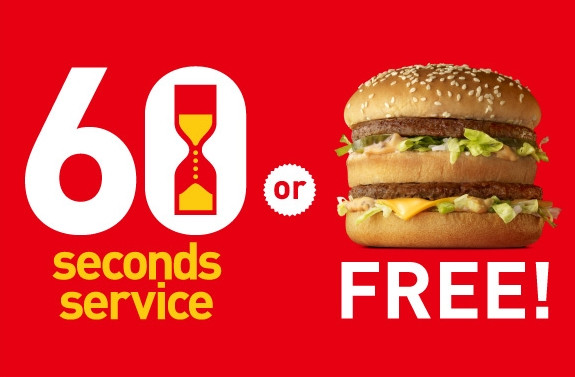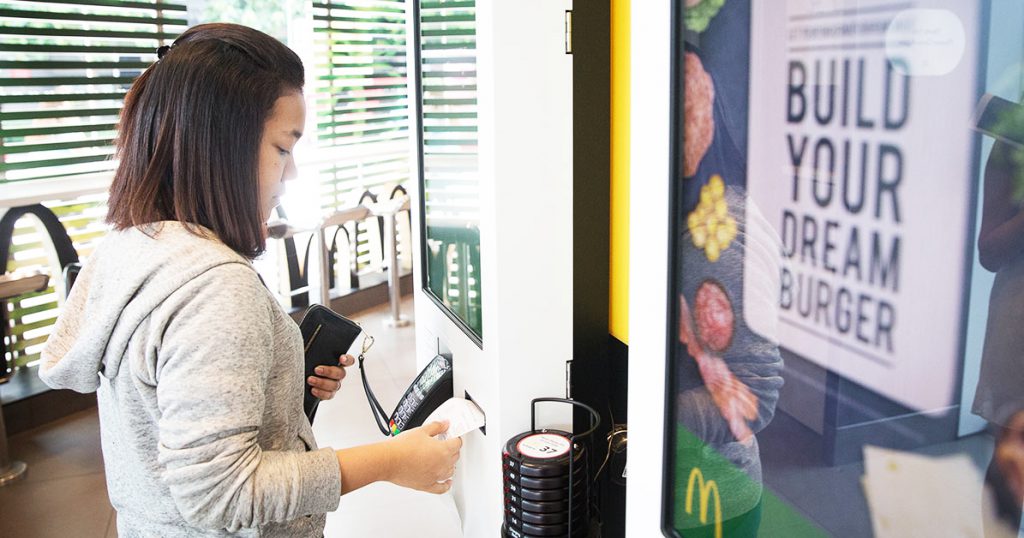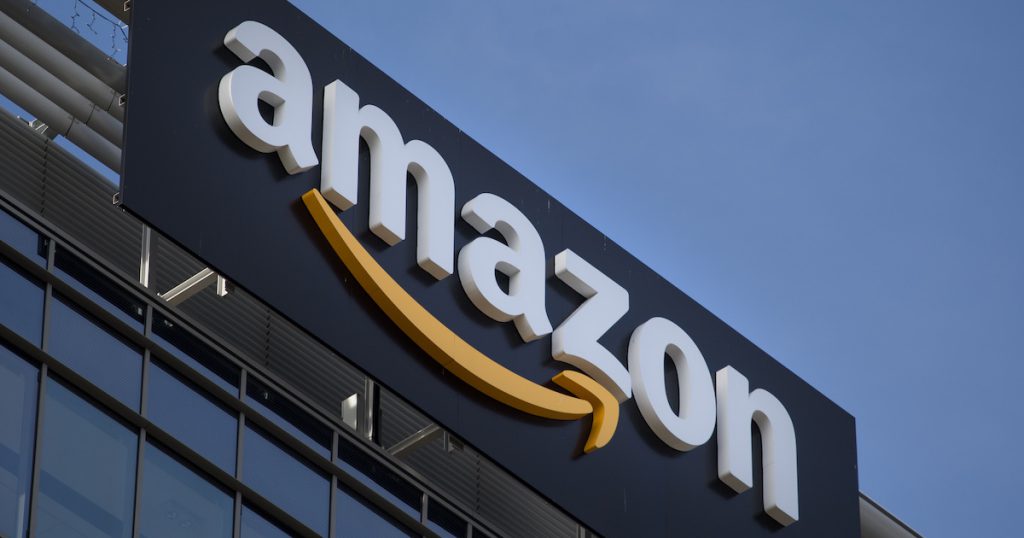With the sheer amount of coverage on the bleak landscape of jobs, retail, and the economy in general, publications like us have never felt more like the harbinger of bad news.
However, it seems that we have found a business model which has been standing sturdy amidst the disruption, digitisation and overall depression in the stormy landscape.
On Monday, The Straits Times reported that while the food and beverage (F&B) industry has also been inevitably affected by the slowing economy, the fast food industry seems to be doing fine, and even better, in 2016.
According to the latest official figures, sales at fast food places were “better than those at restaurants this year […and] sales in September are estimated to have risen 2.6% over the same period last year”.
While restaurant sales have also grown, it was only at a less significant 0.9%.
Regardless, F&B sales have seen a slowing-down as compared to five years ago (the fast food industry experienced 1% growth last year vs. 10% growth in 2011), and high rental rates, lack of manpower, and a slowing economy have been cited as reasons.
However, there seems to be strategies that fast food restaurants are doing right in a bid to stay competitive – aside from the fact the fast food has long been touted to be more attractive to consumers in times of economic downturn.
1. Lower Prices And Promotions

Said Associate Professor Prem Shamdasani, from the National University of Singapore Business School, “Fast food is more attractive when times are bad.”
You don’t need to lose your job to realise the importance of saving what little you can, and even though Singapore’s a hawker paradise with tons of cheap, yet hearty food available, fast food provides affordable options with the perception of cost savings with their set meal promotions.
Think about it – a set meal from a fast food restaurant at a promotional price might actually cost the same as a hawker meal with drinks and a dessert – but it seems ‘cheaper’ because 1. the hassle of getting multiple items from different locations is gone; 2. it says ‘promotion’.
But really, these items are really much cheaper than if you were to get it from any other stores – mostly because they can afford to, due to savings from their economies of scale.
What Startups Can Learn:
People love deals and promotions, so give them that. Ride-hailing startup Grab has been dominating our smartphones and our hearts with a freakishly generous number of promo codes dished out regularly to get us to use their range of services.
For businesses on the smaller scale, while promotions might seem like a luxury saved for high-fliers, it actually makes consumers more willing to try out (and grow to love) your product.
2. Nimble In Responding To Trends, Localised Offerings

I’m pretty sure you remember the time when most of our food was somehow filled, topped, or soaked in salted egg yolk sauce.
We had bakery chains like BreadTalk giving their own spin on Salted Egg Yolk Croissants, small-scale cafes adding the golden sauce to their usual offerings, and we then had McDonald’s going all out with their Salted Egg Yolk burger.
Alongside the burger was also regular items infused with local flavours, like a Gula Melaka-topped McFlurry sundae, and Salt and Pepper Crab-flavoured fries.
The campaign worked – almost too well, and long queues were observed at outlets, with some needing to turn away customers when the burgers were sold out – really, how often do you see a ‘sold out’ item at a fast food restaurant?
What Startups Can Learn:
Know what makes consumers in a particular market tick – especially if you’re not a local. Take note of their culture, and the habits of the everyday consumer, and play on the points that will endear you to them.
Going into a foreign market and trying to create a new consumption pattern might seem like a step to eventual world domination, but take that approach only if you’re confident that your projected take-up rate will be worth the risk.
3. Social Media As A Promotional Tool, Accurate Audience-Targeting
On the point of food trends, fast food restaurants have also been quick to hop on to the strategy of hiring influencers to promote their products. For example, in the video above, KFC recruited local Youtube and social media influencers Naomi Neo, Jianhao Tan and Danial Ron to promote its new Red Hot Spicy Chicken.
While some may argue that these young influencers might not have the power to make significant-enough dents in conversations like climate change or human rights, they’re a key to the hearts of young millennials and the teen crowd – most of whom are fast food fans in the first place.
Also, given the ease that posts can be shared on various social media channels as compared to offline ones (distributing pamphlets, etc), campaigns are likely to travel faster and further when executed correctly.
What Startups Can Learn:
A strong social media presence is an asset that shouldn’t be overlooked. More than simply dishing out soulless EDMs, engaging in the regular user, and getting them to be your “micro influencers” (via sharing, liking, commenting) are actually more important.
Not only that, knowing how to engage in the target market is even more important. Influencers won’t work on an older, working crowd, but they can do wonders for a younger one. Know your products, and go all out in making sure as many of your intended consumers will at least know about them.
4. Speed, Convenience And A Strong Presence

This is perhaps the hallmark of fast food restaurants.
These places have successfully been able to create a niche in every step of our lives – from the hectic periods studying for exams, to the torturous hours of overtime we clock in to hit a work deadline, fast food restaurants usually come to mind when we’re looking for a quick and convenient meal.
Fast food restaurants pride themselves on their ability to get food to customers quickly, and this is also greatly helped by their very noticeable presence at every nook and cranny of Singapore, which also creates a sense of familiarity that many find comfort in.
In an estate you’re a complete stranger to? Just head to the nearest fast food joint and you’ll be able to get a predictable, and very efficient meal to satiate your hungry.
What Startups Can Learn:
In a fast-paced society like Singapore, we’ve gotten so used to efficiency that any delays *cough*MRT*cough* rile our nerves like no other. Thus, being able to offer your services in an efficient manner, or better, offering a solution to make a usually tedious process more efficient, is the way to go.
Subtle marketing is always better than overt ones, and embedding yourself within everyday situations as an option can reap in benefits in the long run.
For example, timely response to the perennial problem of MRT breakdowns with an assurance that your fleet of cabs and private-hires will be there to pick up those in a hurry is a way to ensure that you’ll be the first choice they think of whenever they’re in a rush.
5. Higher Productivity By Investing In Technology

Perhaps investment in technology to make their service even more efficient is an inevitable part of running a fast food restaurant. For example, self-order kiosks are popping up at an increasing number of fast food outlets, like McDonald’s and Popeyes, and are part of “[helping to] streamline services and reduce the dependence on staff”.
Said Mr Charlie Tan, director of strategic planning and marketing of local fast food chain BurgerUp, “We offer burger customisation, so it is essential to have the ordering kiosk for diners to do it without hogging the order counter,” and mentioned that this had brought about 20% savings in manpower.
Mr Dickson Low, chief operating officer of Revenue Valley Group, which runs Popeyes in Singapore, also mentioned that the kiosks (which they have invested $150 to 200,000 on) have led to an increase of customers ordering more. “The orders for add-on and top-up items are higher by 15 per cent [than the restaurants] without kiosks.”
What Startups Can Learn:
Not just for fast food restaurants, other f&b establishments have also reaped benefits from their investments on technology. For example, a local popiah maker uses a custom-made machine to create the popiah skins – resulting in 1,200 made per hour versus 100 if the process was done by workers.
Investing in technology might be part-and-parcel of running a tech startup, but for those who aren’t as tech-dependent, getting that extra bump-up in efficiency can go a long way – especially as your startup is scaling up. So what might seem like a huge blow to your capital, is eventually your trampoline to greater profits.
Fast Food Restaurants, And Their Art Of Survival
Fast food restaurants might not have the tastiest, healthiest, or most innovative food options around – but there are very good reasons as to why they’re still thriving even in a slow economy.
What are some other lessons you can learn from them? Let us know!
Featured Image Credit: futurereadysingapore.com













